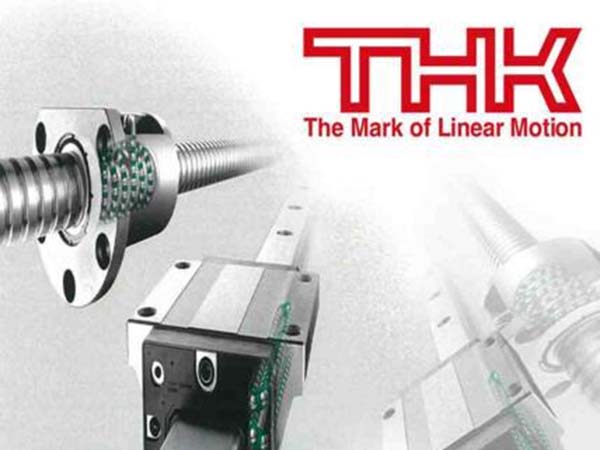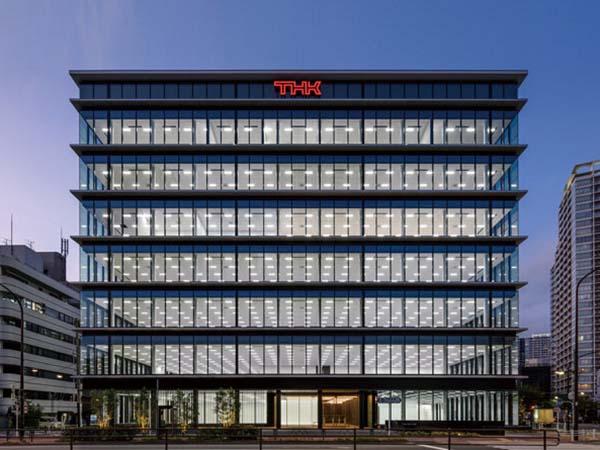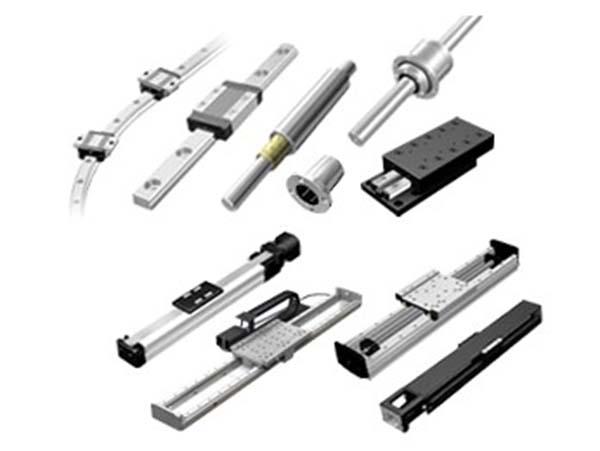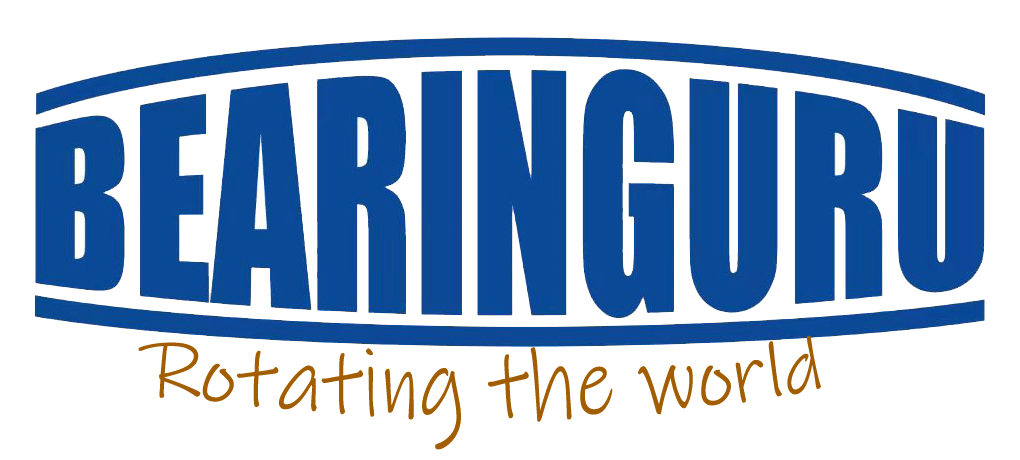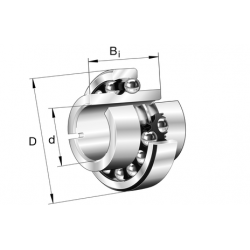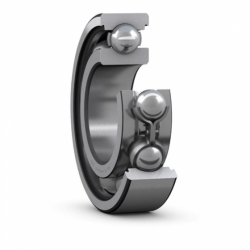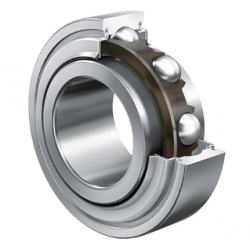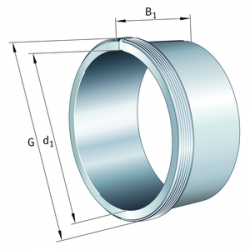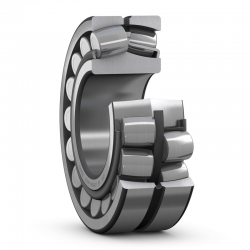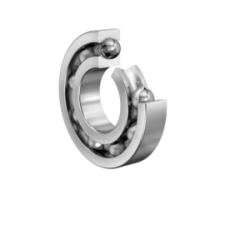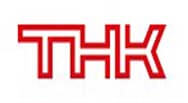
In 1971, THK was established in Meguro-ku, Tokyo, under the initial name of Toho Seiko Co., Ltd. Initially, the company focused on selling chain balls, rollers, and ball spline shafts. In the second year, THK developed, manufactured, and marketed the first generation of linear motion (LM) guides, becoming the world's first company to commercialize and develop linear motion guides. In 1977, THK established the Kofu Plant, becoming the first complete manufacturer of linear motion roller guides and marking the first step in expanding its production facilities.
In the 1980s, THK decided to expand its overseas business, based on the belief that "good technology transcends borders." In 1981 and 1982, THK established THK America and THK Germany, laying the foundation for the expansion of its international sales network. To meet the growing market demand and increase production capacity, THK established the Gifu Plant, Mie Plant, and Yamaguchi Plant within Japan in 1984 and 1985, respectively.
In the 1990s, THK further expanded its production and manufacturing overseas. It established manufacturing companies in the United States and set up a European manufacturing base in France. Building upon its global sales network, THK intensified efforts to globalize its production system. In terms of technological innovation, THK developed ball-retainer-type linear motion guides in 1996, featuring advantages such as long life and low noise.
In the 21st century, THK successfully listed on the Tokyo Stock Exchange in 2001. Recognizing the growth trend of the Chinese market, THK promptly established THK Shanghai in 2003 as a sales base. In 2005, THK established manufacturing bases in Wuxi and Dalian, further completing its sales and production bases in Japan, Europe, the Americas, and Asia, achieving a "four-in-one" strategy and expanding THK's business worldwide.
In 2010, THK established its first overseas research and development base in China, which officially started operations in 2012. Since 2015, THK has expanded its research and development planning to include the Americas, Europe, and Asia, establishing a global best-in-class R&D structure.
As of the fiscal year 2022, THK has 37 manufacturing plants in Japan, Europe, North America, South America, and Asia. THK's annual sales amount to approximately 20 billion RMB, with a global workforce exceeding 13,000 employees, of which only 4,000 are in Japan. THK holds 616 Japanese patents and 1,271 overseas patents. As a rising star in the bearing industry, THK has efficiently achieved global expansion for Japanese companies. To understand THK's rapid development, we can analyze their corporate strategy, which consists of three elements: "comprehensive globalization, development in new business areas, and a shift in business models."
Since its establishment in 1971 as a sales-focused company, THK has expanded its sales and manufacturing layout to Japan, Europe, the Americas, and Asia over the span of three decades. Moreover, THK has attempted to globally plan its research and development, which is rare for a Japanese company. This fully embodies and executes THK's policy of "comprehensive globalization."
The development of new business areas inevitably leads to business expansion, but product research and development capabilities must be a prerequisite. Looking at THK's development history, new products have been introduced every year. It started with linear motion guides and precision ball screws in the 1970s, followed by cross roller rings and large lead ball screws in the 1980s, and then intelligent combination units and ball-retainer-type linear motion guides in the 1990s. In the 21st century, numerous new products emerged, such as cam roller guides, curved guides, miniature linear motion guides, and self-lubricating linear guides. These new products gradually formed THK's competitive product lineup.
Next, let's look at THK's product series based on their motion forms. Firstly, there is the linear motion series, which includes linear guides, linear guide actuators, slide rails, ball splines, and slide units. Secondly, the oscillating motion series consists of rod ends, spherical plain bearings, and rod ends with male threads. For curved motion, THK offers curved guides. Linear guides with ball-shaped retainers enable orthogonal motion. The rotational motion series includes cross roller rings, cam followers, and cam followers with rollers. The ball screw splines integrate ball screw nuts and spline nuts, enabling compact combined motion of rotation and linear movement.
With the development of the Internet of Things (IoT), in terms of "shifting business models," THK has attempted to understand the essence of its business, such as where to sell products, how to sell them, what to sell, and to whom. They are exploring ways to use cloud computing, artificial intelligence, and robotics to change work processes and business operations. In the exploration of "how to sell," THK has also established online stores to sell its products.
